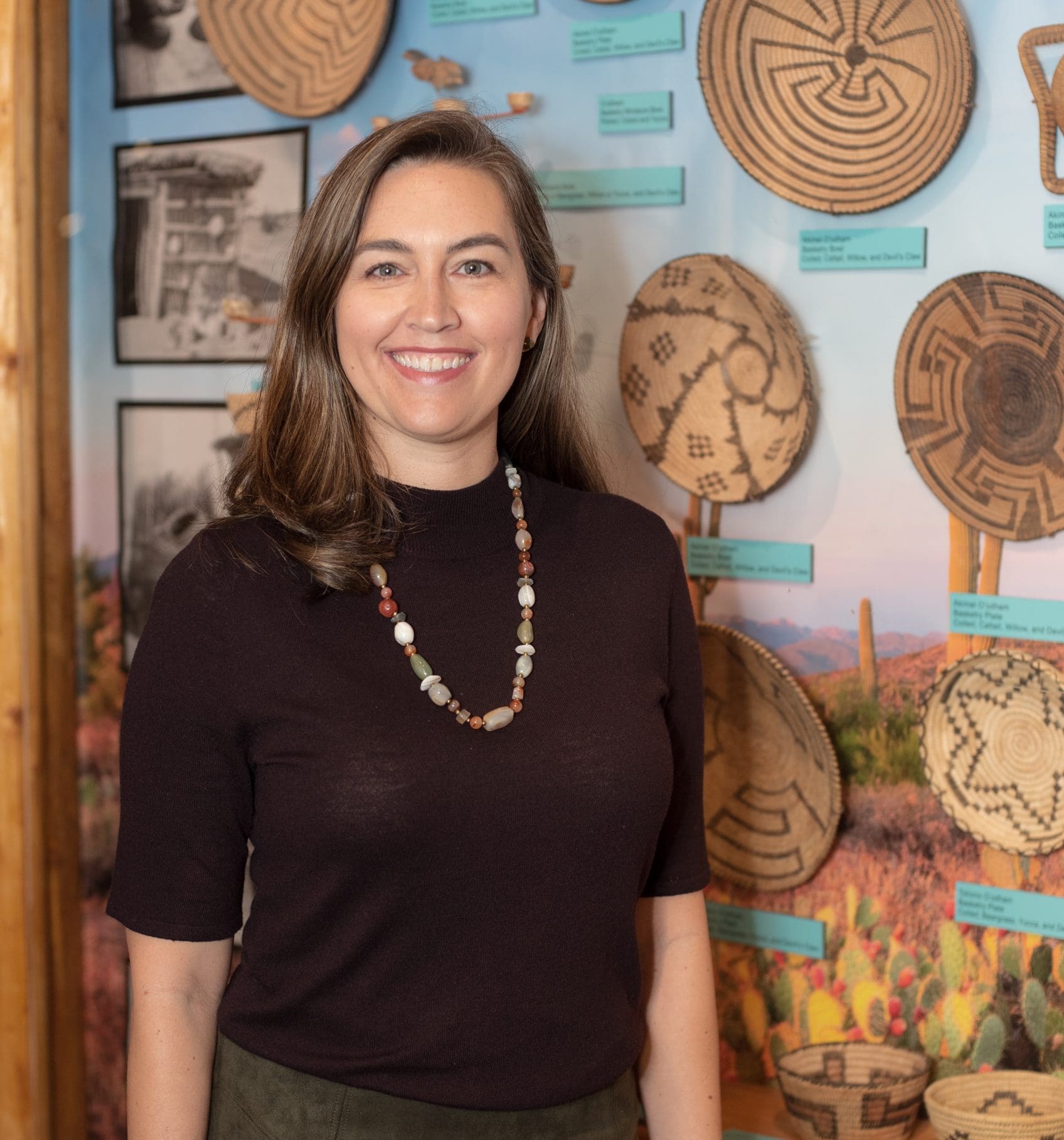Office Doors: A Day with Emily Early, PhD
6 A.M. >> FOLLOWING PATTERNS OF THE SUN
I’m both fortunate and unfortunate that I rarely set an alarm because I have two girls, ages 3 and 5, who wake up as soon as sunlight comes anywhere in their bedroom. They come into our bed to give us snuggles, and when they’ve had enough of snuggle time, we head downstairs and eat breakfast. As I drink coffee while trying to wake up, I check my email and calendar to  see if there’s anything I’ve forgotten, personally or professionally. I think about the rest of the week and whether I need to have my sitter arrive early or stay later. If there’s downtime while we’re waiting for our nanny to arrive, I catch up with coworkers or employees on things they may need to know before starting their day.
see if there’s anything I’ve forgotten, personally or professionally. I think about the rest of the week and whether I need to have my sitter arrive early or stay later. If there’s downtime while we’re waiting for our nanny to arrive, I catch up with coworkers or employees on things they may need to know before starting their day.
8:30 A.M. >> HUMANITY TRANSCENDS TIME
When I arrive at the office, I check in with my collections specialist, ensuring we’re on the same page about what we must tackle that day. In my role, I am part of the team that designs and builds exhibits in-house, including developing their concept, content and objectives for our interactivities. We are in the process of renovating the Southwest Cultures Gallery, where a new exhibit called “Sonoran Desert’s First Peoples” will be housed with an anticipated opening in two years. This exhibit has been a labor of love and collaboration four years in the making. These things take a lot of time because of concepts, stakeholder buy-in ensuring we’ve got the right voices helping us with construction, and funding you need to raise.
By pretending you’re an archaeologist, this exhibit will teach kids about the science of archaeology, the scientific method, and how we know what we know. The back half of the room will have an immersive feel of the past by reconstructing the Sacaton archaeological period, around 900 A.D. We’re working closely with our tribal partners, particularly Salt River and Gila River Indian Communities, in designing a concept for the space where we connect the visitor with the humanity of the past. We want people to understand these are humans who had technologies. It might not be your technology, but they had technologies too.
10 A.M. >> A DIFFERENT KIND OF PLANNING + DEVELOPMENT
Even though the museum is part of the City of Mesa’s Arts and Culture Department, which supports our building and operations, we must raise funds for our exhibits. I spend a lot of time writing grants where funding goes to our supporting nonprofit, the Arizona Museum of Natural History Foundation. I am happy to say I’ve been very successful in raising money for our upcoming exhibit! I also write grants for our collections and collections processes. People aren’t as enthusiastic about this, but it’s an essential part of what we do — caring for culturally significant objects, so research is produced, and communicating the cultural significance through the exhibits.
We’re also preparing to conduct a risk assessment to guide us in developing disaster plans for the most likely emergency scenarios, such as a flood in one of our three vaults or an air-conditioning break that impacts our sensitive material.
1:15 P.M. >> DIGGING IN TO SHOWCASE THE PAST
I maximize my time in the office as much as possible so I can spend more time with my kids at home. In the afternoon, I have site visits and tours with contractors and the city engineering and facilities departments that are evaluating the gallery space for the upcoming exhibit and developing a plan to demolish the space.
Exhibit planning has many moving parts, and this gallery, in particular, has some interesting challenges. For example, we will not have any text you can read because the ancestral Sonoran Desert Dwellers didn’t have a written language. Everything was oral tradition. And in speaking with our tribal partners, we realized it would be confusing to visitors if we had written language. So we’re exploring sound stones and built-in intercoms, so visitors are not taken out of an immersive past experience. We are tying this exhibit into what we have going on at the Mesa Grande Cultural Park, the Hohokam material culture temple mound site, so there’s a more comprehensive anthropology curriculum that teachers can use.
4 P.M. >> CURATION AT THE CORE
My collections specialist and I typically keep the first and last hours of the day free, so we can touch base on anything that may have come up. You would be surprised at the weird things that happen working in a museum. Right now, I’m reading email alerts about the temperature in one of our spaces because we monitor our vault spaces for humidity and temperature. I tend to call our air-conditioning liaison more often than I call my husband! We’re constantly checking in about anything in our collections that goes wrong.
6 P.M. >> A COLLECTION OF FAMILY TIME
I make dinner with two kids underfoot, and if there is anything left dangling at work, I address it. I also catch up on nonprofit business related to my service as president-elect of the Friends of Pueblo Grande Museum. After eating and cleaning up, our evening consists of a family activity — watching a show, doing a puzzle, making smoothies or having a dance party. We have a wind-down routine for the girls that includes reading one book with each girl and hugs and kisses.
To learn more, go to arizonamuseumofnaturalhistory.org.

